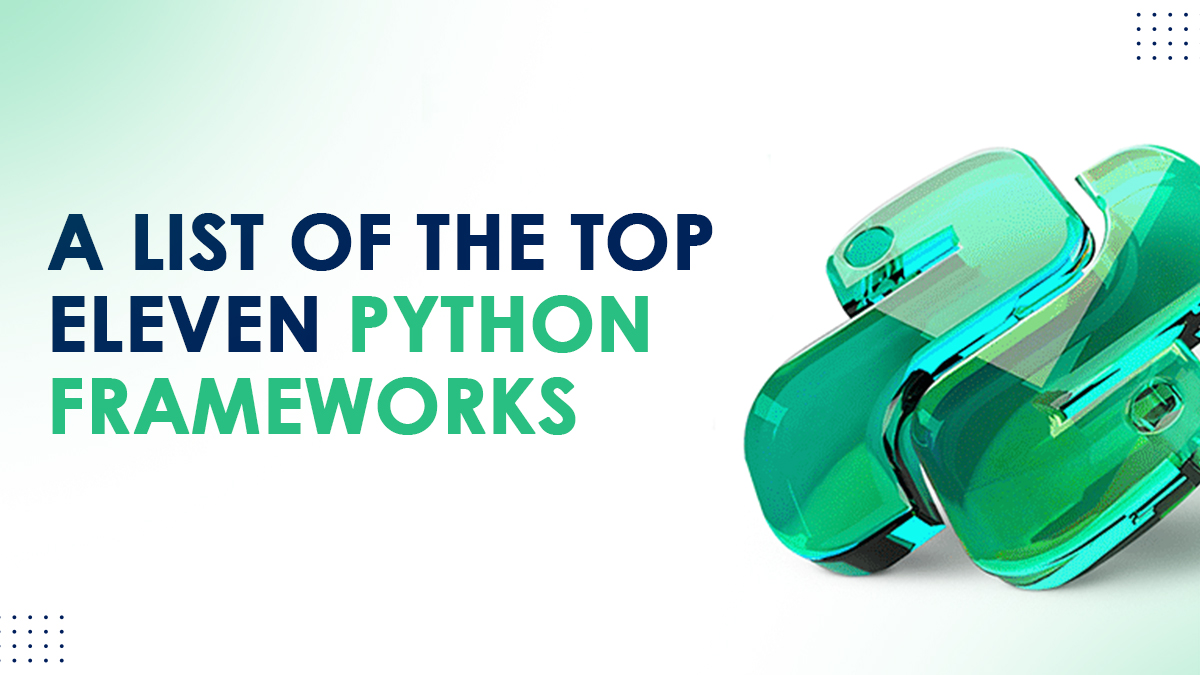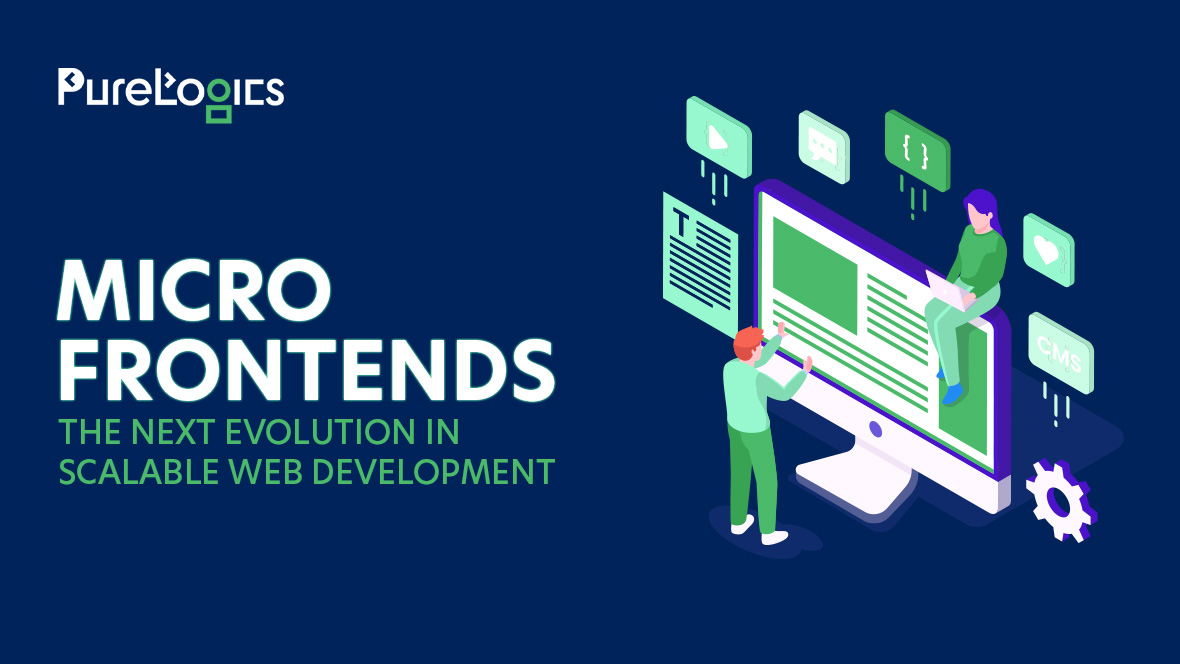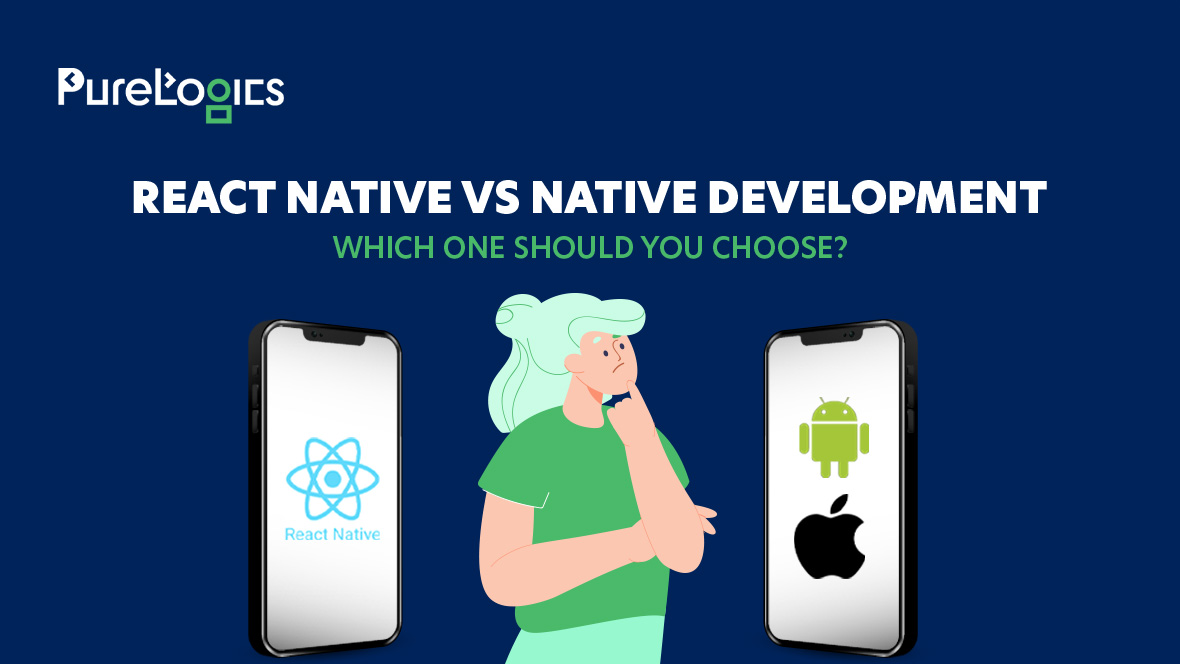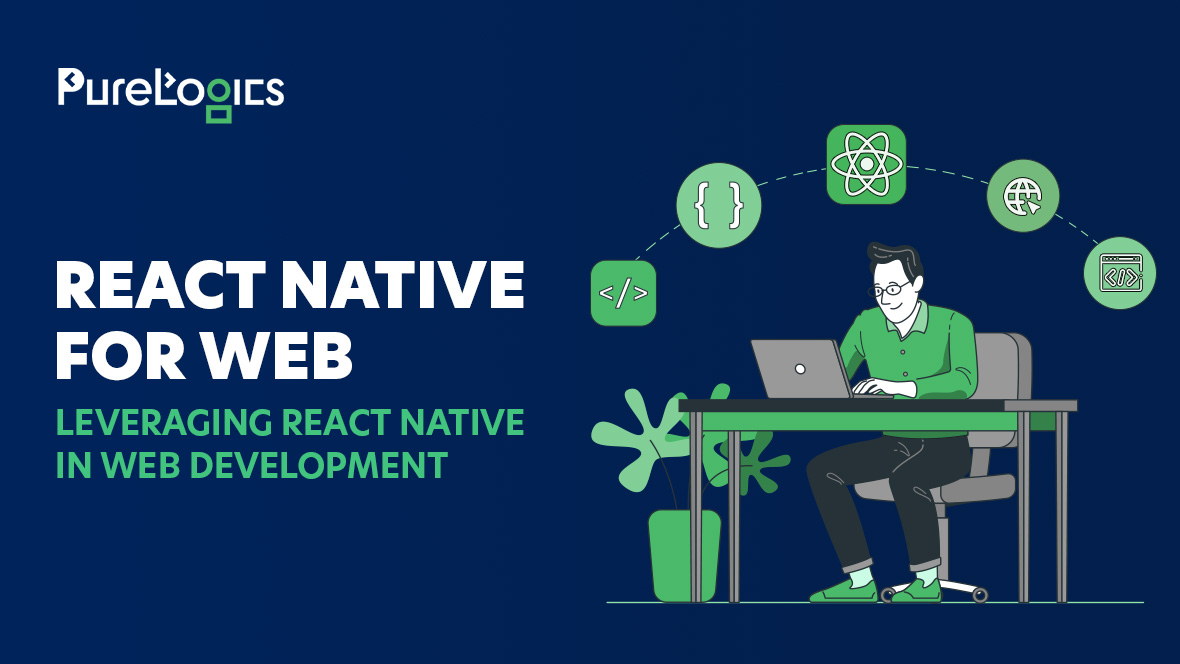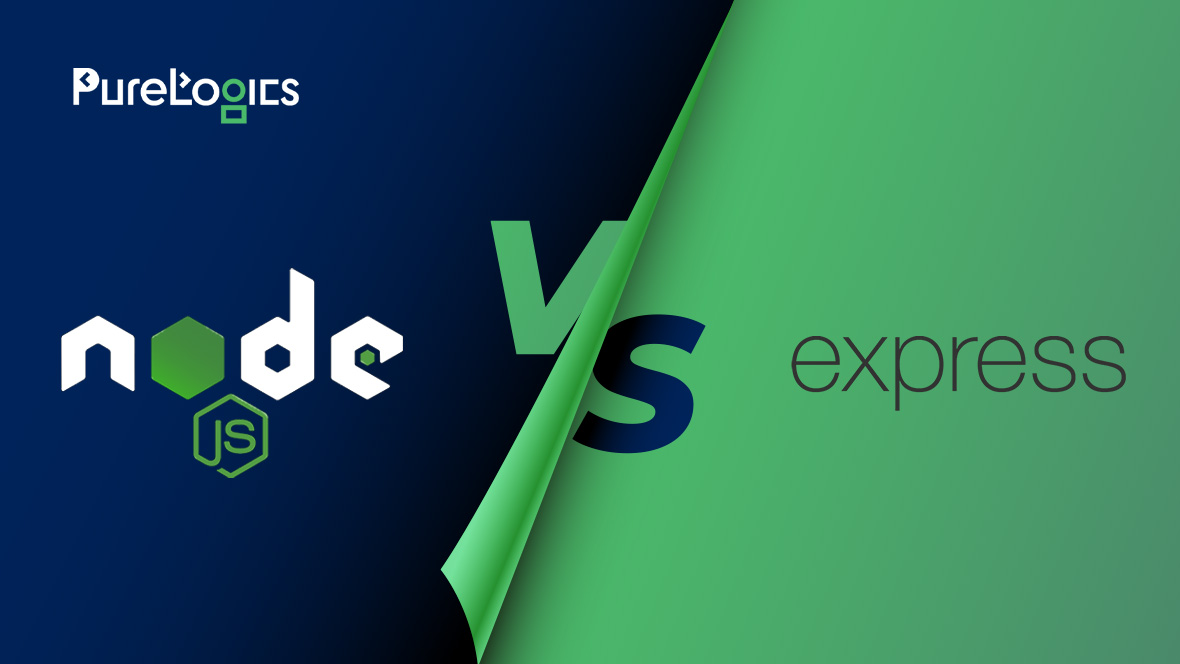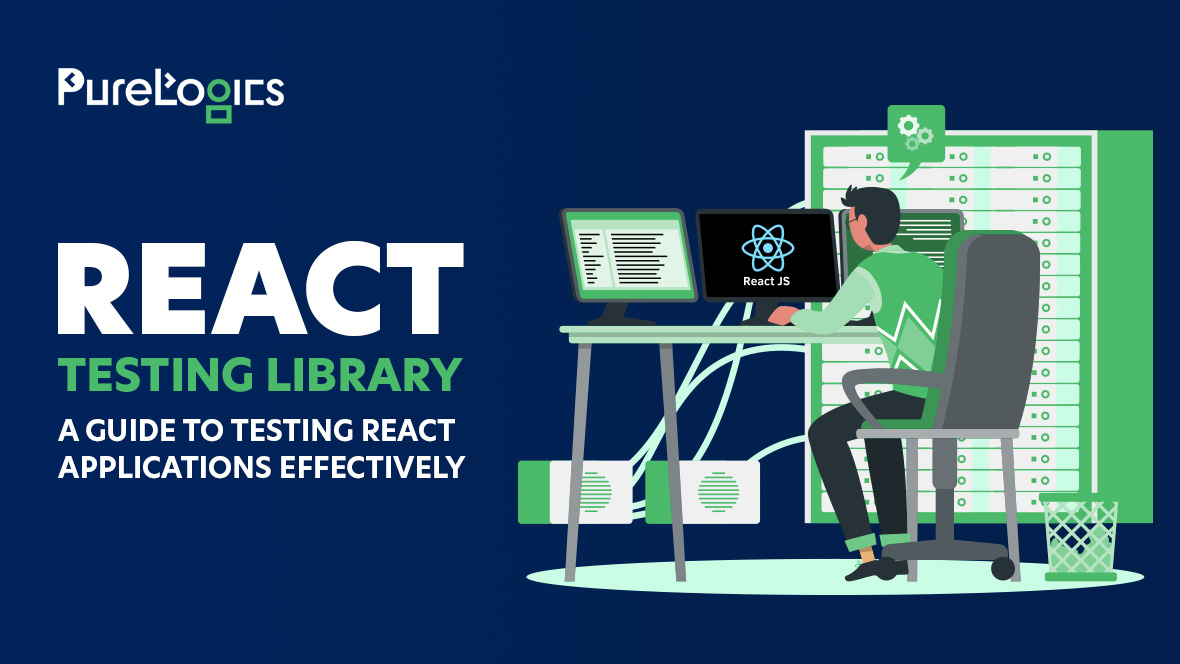Python is a versatile language that powers some of the most popular websites and apps today. But what makes Python so versatile? In part, it’s due to the vast array of frameworks available for use with Python. Not sure what a framework is? In short, it’s a tool that can be used to develop software applications.
Many different types of website development frameworks are available, each with its unique set of features and functionality. The right framework for your project will depend on your specific needs and goals. To help you narrow down your choices, we’ve compiled a list of the eleven most popular Python frameworks.
1. Django
Django is a free open-source web framework written in Python that adheres to the model-view-controller (MVC) architectural pattern. Some of the biggest sites on the internet, including Instagram and Pinterest, are built using Django.
Django is known for its ease of use, scalability, and robust feature set. It includes everything you need to get started on your web application, from an automated admin panel to database management tools.
2. Flask
Flask is a popular Python web framework that is classified as a microframework because it does not include many bells and whistles that come with other frameworks (such as Django).
As a result, Flask is much more lightweight than other frameworks but may be less suited for large-scale projects. That said, Flask still offers plenty of features and flexibility; big names like Netflix and LinkedIn use it.
3. CherryPy
CherryPy is yet another micro-framework written in Python that can be used to develop small-scale projects quickly and efficiently. One of CherryPy’s defining features is its built-in support for multiple HTTP servers – meaning that you can run your CherryPy app on any server you like without making any changes to your code!
4. Pyramid
Pyramid is a very flexible Python framework that can be used for both small-scale projects as well as larger ones. Pyramid places emphasis on security and performance, two essential ingredients in any good web application!
5. Tornado
Tornado is a bit different than most other frameworks on this list; it’s designed specifically for handling asynchronous requests. So if your project involves real-time data or interaction between users, Tornado may be the right framework for you. That said, because Tornado was built for a specific purpose, it may not be as versatile as some of the other options on this list.
6. Web2py
Web2py is another full-stack web framework written in Python. One of its defining features is its security. Web2py comes with numerous tools out-of-the-box designed to prevent common attacks like cross-site scripting ( XSS ) and SQL injection. If security is a top priority for your project, Web2py should be on your radar.
7. Bottle
Bottle is yet another micro-framework written in Python. Like Flask, Bottle focuses on simplicity and minimalism; it’s great for small-scale projects where you don’t need all the bells and whistles offered by some other frameworks.
8. CubicWeb
CubicWeb is a semantic web application development framework written in Python. It comprises reusable components that can be assembled into web applications following the Model View Controller (MVC) paradigm. The main goal of the framework is to ease the creation of Semantic Web applications by providing a data model and a set of tools to manipulate this data model.
9. Falcon
Falcon is a fast, lightweight, and easy-to-use web framework for Python. With its simple API and powerful routing engine, Falcon makes it easy to build and deploy web applications. Its design is heavily inspired by Flask and borrows a lot from its predecessor. It also makes an effort to address some of the shortcomings of Flask and other web API frameworks. Moreover, Falcon works well with microservices and can be deployed in a variety of environments, from serverless to on-premise.
10. Giotto
Giotto is a full-stack web development framework written in pure Python. It is designed to help developers quickly create and launch web applications with minimal effort. Even people with little programming experience find it easy to use.
Furthermore, Giotto is built on top of several well-established open-source libraries, so it is scalable, reliable, and extensible. It also allows for the creation of interactive visualizations that can be used on the web.
11. FastAPI
FastAPI is a Python framework that makes it easy to build fast and reliable APIs. It’s built on top of the popular Python web framework, Flask, and incorporates many of the same features, such as the ability to handle requests and responses, route requests to specific resources, and handle errors. FastAPI also adds a number of features, such as support for automatic data validation and error handling.
…
With such a wide range of frameworks to choose from, it can be difficult to decide which is best for your project. Hopefully, our list has helped you narrow down your options and given you a better idea of what’s available. Now it’s time to get out there and start experimenting with different frameworks until you find the perfect one for your project.
If you’re still not sure which framework is right for you, don’t hesitate to reach out for help. We’re a full-service website design and development company with experts who can work across any modern language or framework. If you talk to our experts, they will assist you in figuring out the right framework for your project. Wonder why?


 [tta_listen_btn]
[tta_listen_btn]
 December 15 2022
December 15 2022

